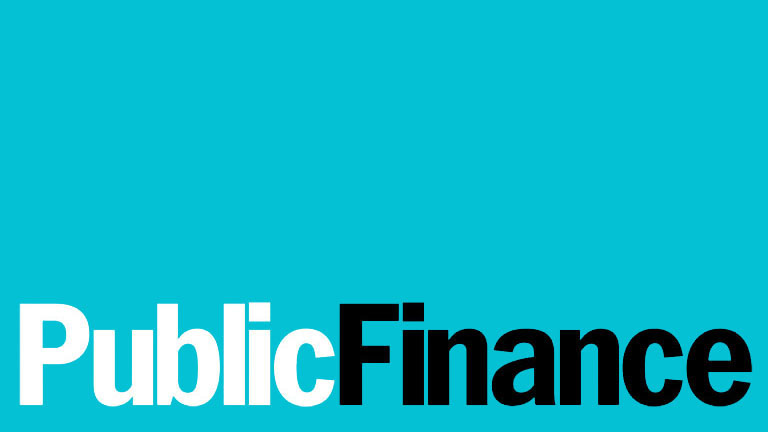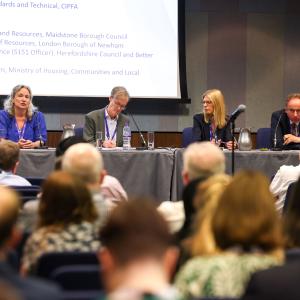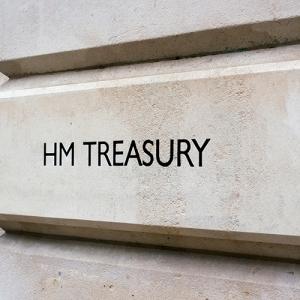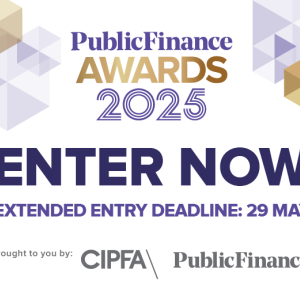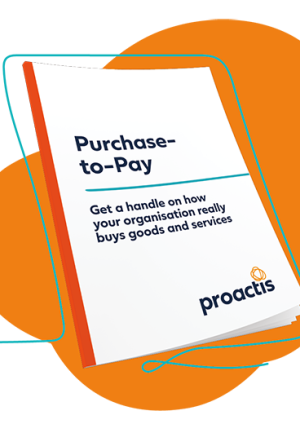10 April 2009
‘Competitive dialogue’ has improved complex procurement projects by allowing authorities and bidders to thrash out the main issues early. Richard Auton outlines how public bodies can get the most out of this useful legal power
When ‘competitive dialogue’ was introduced into the European Union’s procurement rules in 2006, it represented a radical departure from the status quo. For the first time, contracting authorities were able to negotiate with bidders on complex projects before inviting final tenders.
However, research by the CBI published last year found businesses were unhappy with the way the fledgling process was working in practice. Complaints centred on inadequate preparation by procuring authorities, with claims that they were relying on providers to do the thinking for them rather than thinking about the outcome they wanted. Since then the Office of Government Commerce has offered further guidance but it is clear that authorities must prepare more thoroughly if they are to get the most out of the process.
Competitive dialogue is now being used in most of the major Private Finance Initiative and public-private partnership projects that began after 2006. Indeed, one of the most well-known and earliest examples is that of the Olympic Delivery Authority, a public body formed to organise the infrastructure for the London 2012 Olympic Games. As competitive dialogue is legally reserved for use in particularly complex contracts, authorities that want to use it have to be able to demonstrate that they could not achieve the procurement using standard procedures.
CD holds several advantages over the more traditional ‘open’ or ‘restricted’ procedures. Most notably, it lets an authority discuss issues with bidders while the project is under competition, which can help bidders shape their final offerings to best meet the authority’s needs.
It also gives authorities the power to rule out unsuitable bids early. If the restricted procedure is used, the only grounds for limiting the number of bidders are economic and financial standing and professional and technical ability. By comparison, under CD there is provision to reduce the number of solutions on offer at the end of the various dialogue stages, judged against the criteria for awarding the contract. Importantly, this allows authorities to focus their attention on the more promising bidders. It might also make it feasible for authorities to examine a larger number of possible solutions at the outset of the process.
Finally, in contrast with the old negotiated procedure, there should be no protracted period of negotiation with the preferred bidder and the consequent danger of ‘bid creep’. All issues, legal and financial as well as technical, should be settled under competition.
But there are downsides too. Parallel discussion with all bidders can, if not tightly managed, cost a lot of time and money. In addition, the dialogue is potentially open-ended, continuing until the authority is satisfied that there is at least one solution that will meet its needs. The extra resources needed to see a bid through is also an issue for the bidders. Far more work is often needed before the contract award and this leads to an increase in the level of ‘at risk’ expenditure. Potential bidders might therefore put in for fewer contracts, which in turn can lead to authorities competing to attract bidders to take part in their procurements. Keeping bidders involved can also be a problem.
To get the most from the process, authorities need not only to prepare thoroughly but to develop a strategy, manage the process and close the dialogue at the right time.
First, the authority must be clear about exactly what it wants to achieve. The fact that there are different potential ways of meeting its needs is no excuse for not defining the requirement. Knowing what you want means that you can go to market with a clearly defined scope and a well-drafted specification and contract.
It is also vital to identify and provide the information and documents bidders will need to develop and cost solutions, and assess risk. This might consist of surveys, title reports, details of relevant contracts, existing performance data and details of transferring staff. Attention to this at an early stage is likely to pay dividends. The more hard data that bidders have to bid against, the fewer assumptions they have to make and the less risk will be priced in or remain with the authority.
Then the strategy has to be drawn up. This should aim to secure that the authority goes into the final phase knowing that the work done during the dialogue will ensure the bids submitted will meet its needs technically and will be affordable, and that all contractual issues have been settled. In short, the tenders should amount to an affirmation of the position negotiated with the bidders.
Shaping the process to reach that point means important decisions have to be taken at an early stage, before the start of the procurement. These include the number of bidders invited to participate at the outset and whether to set any minimum standards of economic and financial standing and/or technical ability. Recent clarifications in the law have underlined that these matters should be dealt with at the prequalification questionnaire stage rather than later on. When making these decisions you need to find the balance between setting the bar too high and risking no entrants and setting it too low and ending up with contractors without sufficient standing or experience.
Other items to address include: whether to conduct the dialogue in stages and, if so how many; what numbers to take through to each stage; and the detail required of the solution at each stage.
While breaking the dialogue up into stages has major advantages, it does not have to be carried out in this way. If there are relatively few issues to be dealt with under dialogue, a more streamlined approach could be adopted.
Another major strategic decision will be the setting of the award criteria, which will ultimately determine the result achieved. Rather than using a standard set, time and thought needs to be given to a tailored list, which reflects the aspects that really matter to the authority, and to focus on potential differentiators. After all, the winning bid will be the one that scores highest against the criteria.
So, having clearly specified the contract, provided accurate information for bidders, defined the procurement strategy and set the award criteria, much of the preparation has been done. However, care still needs to be taken to ensure correct management of the process. The main ‘housekeeping’ issues here include: the time and resources of the team, setting out the governance structure, safeguarding bidders’ confidential information, following up actions and providing any data needed.
Deciding when to close the dialogue is crucial, as obviously once it has been closed, the ability to negotiate is restricted. A robust decision-making process is needed, against a check list of matters that need to be closed down before the call for tenders.
Further, there are issues of tactics and negotiation to be considered. Legally, the authority needs to identify only one solution capable of meeting its needs. Providing all participants have been given an equal chance, the authority is not obliged to settle everything with all bidders. Conversely, a bidder is not precluded at tender stage from accepting positions it had not agreed under dialogue or from amending its proposals to make them more likely to score well under the award criteria at tender stage.
There rightly remains some concern that competitive dialogue can be expensive and difficult for authorities. However, experience is now starting to show that, approached with the right level of commitment, it is potentially a very powerful addition to the procurement armoury and can result in better solutions for projects and better value for money.





